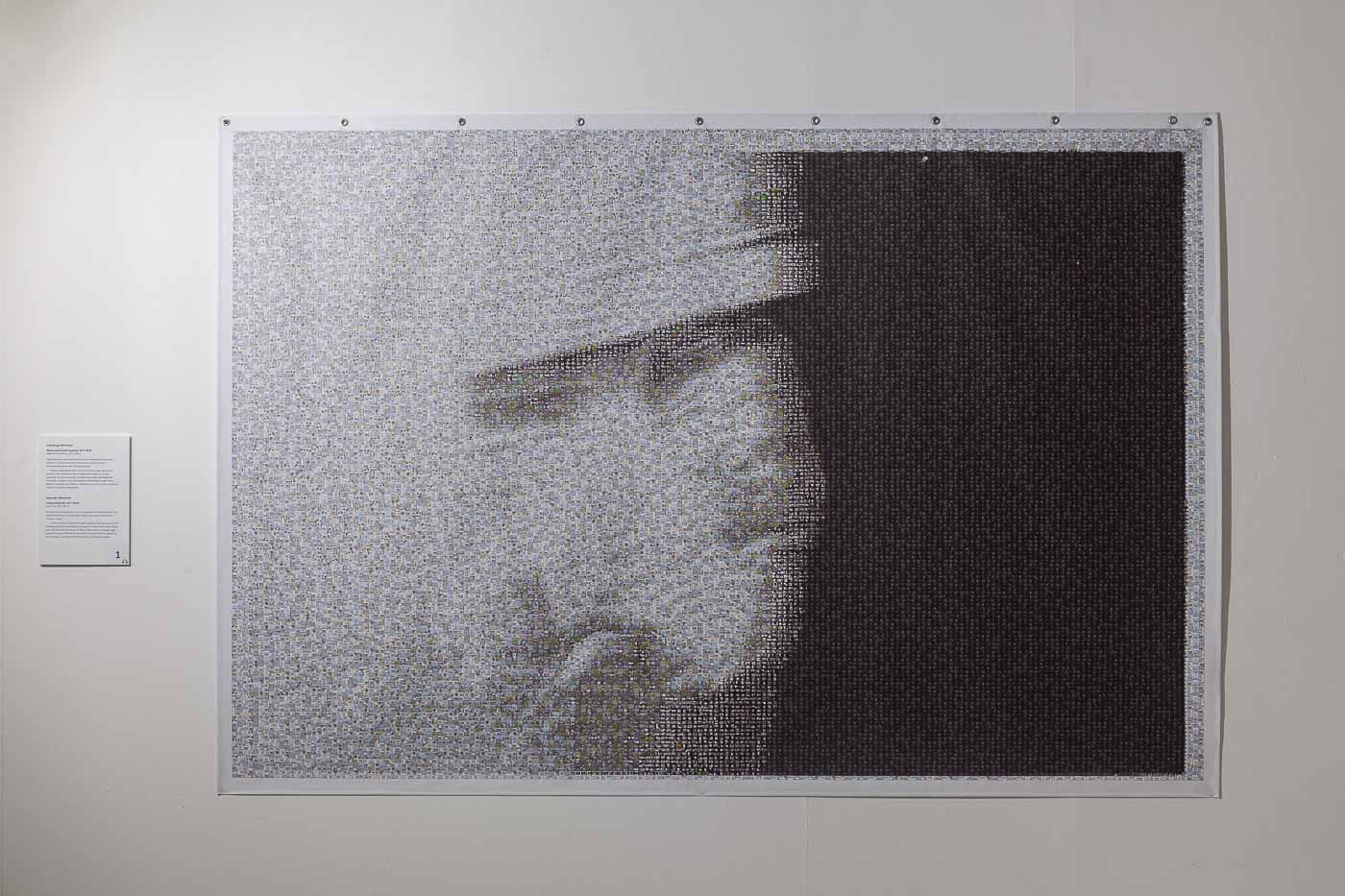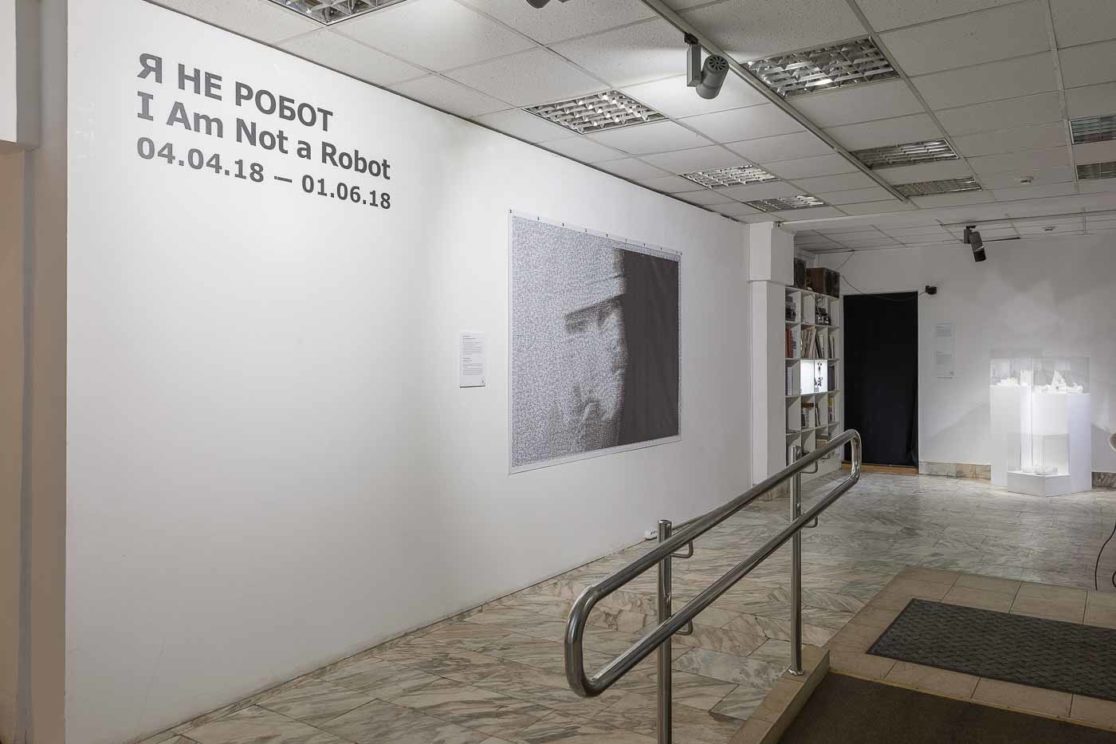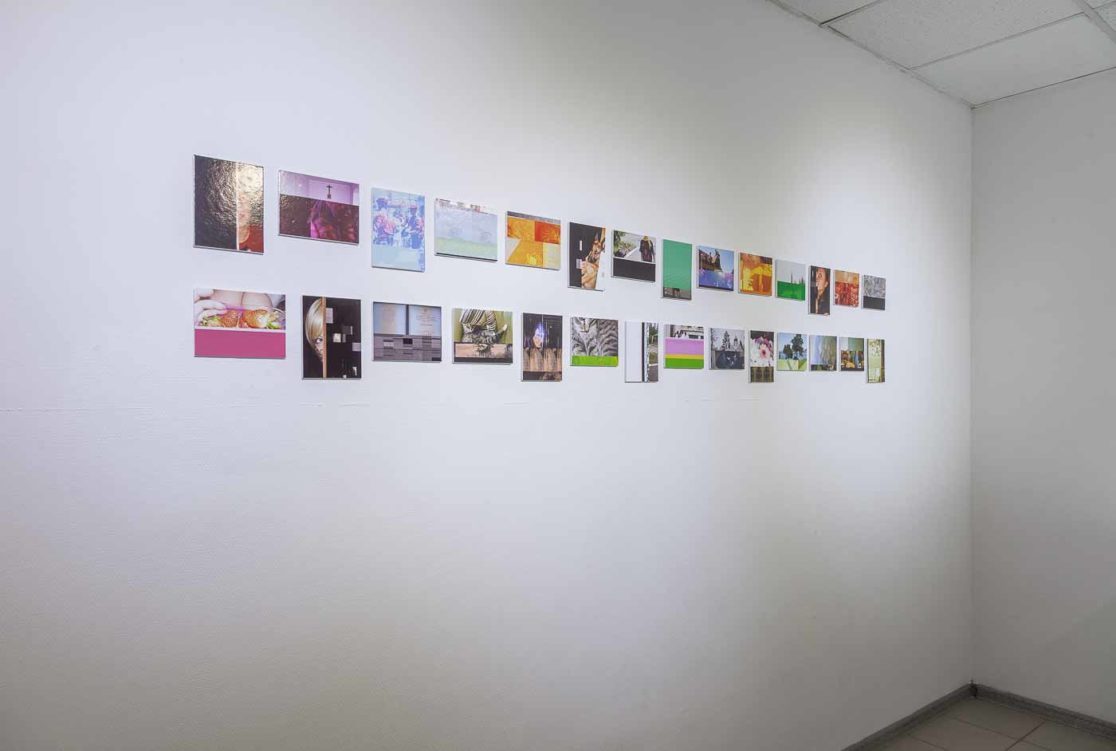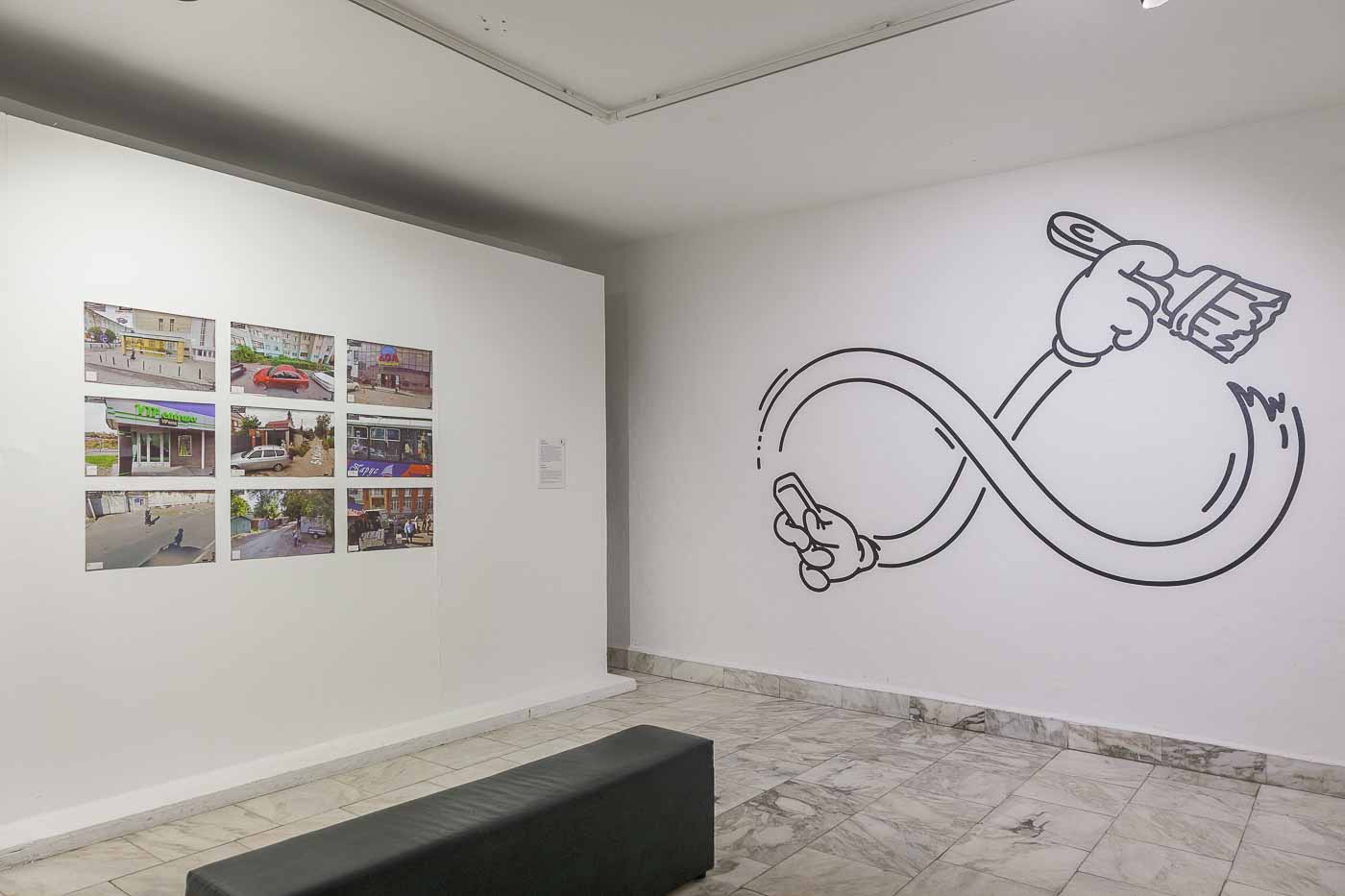We live in the late-modernist society that finds itself (according to Giorgio Agamben) in the permanent state of emergency. The socio-political system is aligned to multiplying the new ways and methods of detecting and preventing potential disasters. In such conditions, if one wants to be counted as reliable or non-malicious, they need to prove their humanity to a machine.
I am not a robot — this phrase contains a key paradox of a contemporary person whose everyday practice is in most cases mediated via human-machine interaction. No matter, how much we talk about the seeming neutrality of computers — no programming code designed to interact with the physical world could operate avoiding ethical dilemmas.
The contradistinction of machine and humane, or of virtual and real, seems naive today — contemporaneity unfolds joining these two dimensions, one inseparably linked with the other. The deeper this interconnection becomes, the more questions and tasks we have to confront, expanding our presence in the digital world.
Communication between human species in virtual space is secondary towards human interactions with various algorithms and interfaces. However, we still speak about human-machine interactions using sociological or biological terms, thus blurring the specificity of how actors connect in the network structure.








